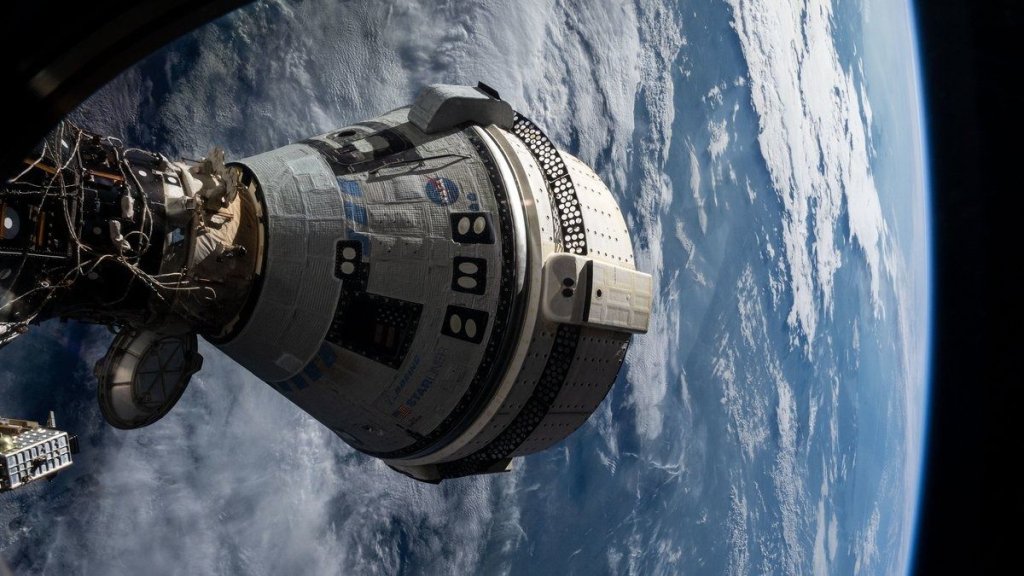
NASA considers sending Boeing Starliner astronauts home on SpaceX Dragon (Image Credit: Space.com)
Boeing Starliner may not bring its first astronauts home after all.
NASA officials, absent a representative from Boeing, updated reporters today (Aug. 7) about how troubleshooting Starliner‘s undocking and landing may affect the next SpaceX astronaut flight to the International Space Station.
Starliner has faced a lot of difficulties since launching its first astronaut mission, most especially after 5 of its 28 reaction control thrusters (RCS) misfired during docking with the ISS on June 6. Work on the matter is ongoing, and as NASA revealed yesterday (Aug. 6), it will require the next launch to the ISS to wait. Crew-9, SpaceX‘s ninth operational flight to the ISS designed for four astronauts, will now launch Sept. 24 instead of Aug. 18. That’s because NASA may send only two astronauts up on Crew-9, and bring the Starliner astronauts with the two returning crew sometime around February 2025.
Crew Flight Test (CFT), that Starliner mission, launched June 5 with NASA astronauts Butch Wilmore and Suni Williams. They were in large part selected due to their developmental experience as former U.S. Navy test pilots.
The duo was supposed to stay in space for roughly 10 days, but it now has been north of 60 and counting. NASA continues to emphasize the astronauts can leave the ISS if an emergency arises, but agency officials sound less certain now that the astronauts will come home on Starliner, as the mission plan called for.
“We’re in a kind of a new situation here, in that we’ve got multiple options,” Ken Bowersox, associate administrator for NASA’s space operations mission directorate and a former agency astronaut, said during the briefing. “We don’t just have to bring a crew back on Starliner, for example. We could bring them back on another vehicle.”
That vehicle may very well be SpaceX. The sticking point is better understanding if and how apparent failures in thrusters on Starliner will affect its undocking and return to Earth. The descent back to our planet may again overtax the RCS system, some at NASA say. And not everyone yet agrees on the apparent cause, which CFT engineers have said may be overheating in “doghouse” shelters over clusters of RCS thrusters, which in turn causes thruster insulation to shed.
Related: SpaceX’s Crew-9 astronaut launch delayed to Sept. 24 due to Boeing Starliner issues
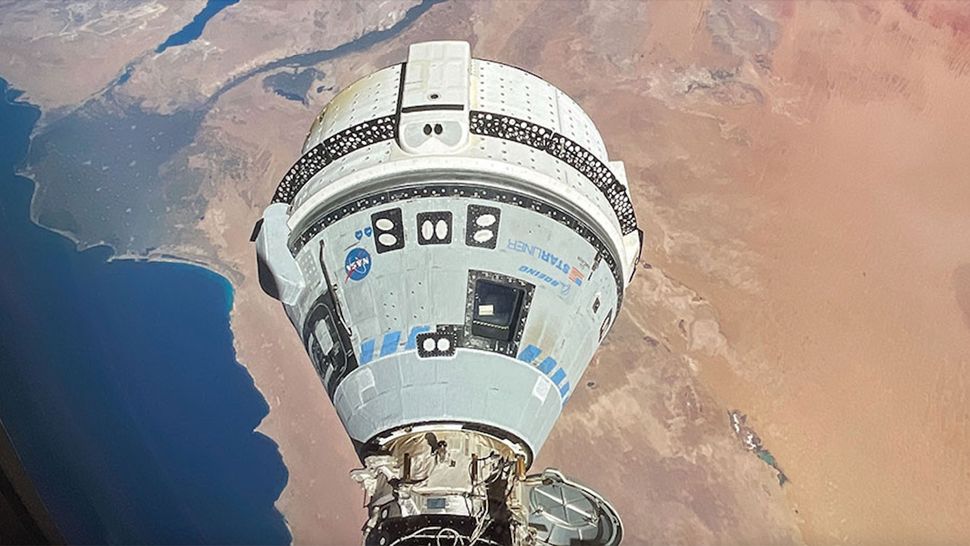
Additionally to the apparent insulation shedding, a poppet valve in Starliner’s thrusters has been “heating up and extruding and […] contracting” in ground testing, NASA commercial crew program manager Steve Stich said today.
Different members of NASA’s program control board have different interpretations of the root cause of the thruster issues, and the risk to the astronauts. Stich framed the discussion as a problem of physics, as well as reliability, as the behavior of the RCS system — and any leftover effects from the shedding or poppet behavior — is not firmly quantified after all the testing.
Starliner can still safely undock from ISS, he said, but how its thrusters would behave on the ride home is uncertain. Knowing more about why the RCS and the poppet is acting this way, Stich said, “would give us additional confidence to move forward to return Butch and Suni on this vehicle.”
He added that NASA has put a call out for additional propulsion experts across other divisions, such as the agency’s Jet Propulsion Laboratory, to see if they can spot anything Boeing and agency CFT engineers may have missed in extensive ground and space testing.
Should the program control board continue to disagree and no convincing data comes forward, decision for Starliner’s flight rationale would then go to Bowersox, whose authority is delegated to NASA administrator Bill Nelson. Final authority rests with Nelson himself.
“The administrator ultimately takes responsibility and and has a very important concern and responsibility for the final decision,” Bowersox said. Notably, Nelson was on the last space shuttle flight 10 days before the fatal Challenger launch in 1986, and has spoken openly about the devastating effect that had on him.
Related: Boeing Starliner 1st astronaut flight: Live updates
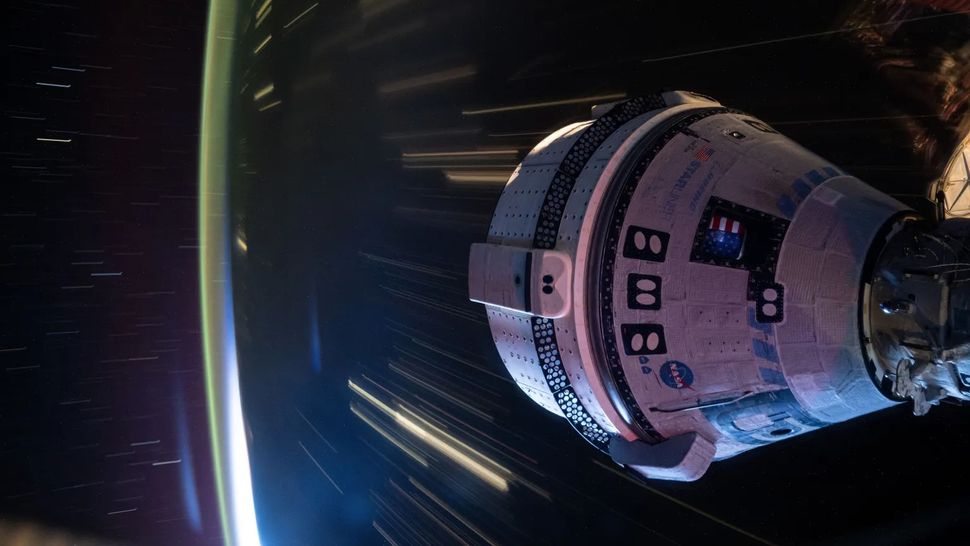
Should Crew-9 launch as planned, the astronauts are commander Zena Cardman, pilot Nick Hague, mission specialist Stephanie Wilson and mission specialist Alexsandr Gorbunov. Cardman, Hague and Wilson are all with NASA, and Gorbunov is a cosmonaut with Russia’s space agency, Roscosmos.
It appears NASA is still mulling over program-level staffing decisions if Crew-9 drops to two people instead of four. “We’re not ready to share specific crew names for the contingency plan,” ISS program manager Dana Weigel told Space.com. She also didn’t specify (when asked) about effects on the arrangement with Roscosmos and other space agencies for Crew-9 or future missions.
After another reporter asked what would happen to the two astronauts removed from Crew-9, Weigel said the “specific details” are still being determined. “We’ll go look at future manifests and just see what what makes sense for the overall crew compliments going forward,” Weigel added.
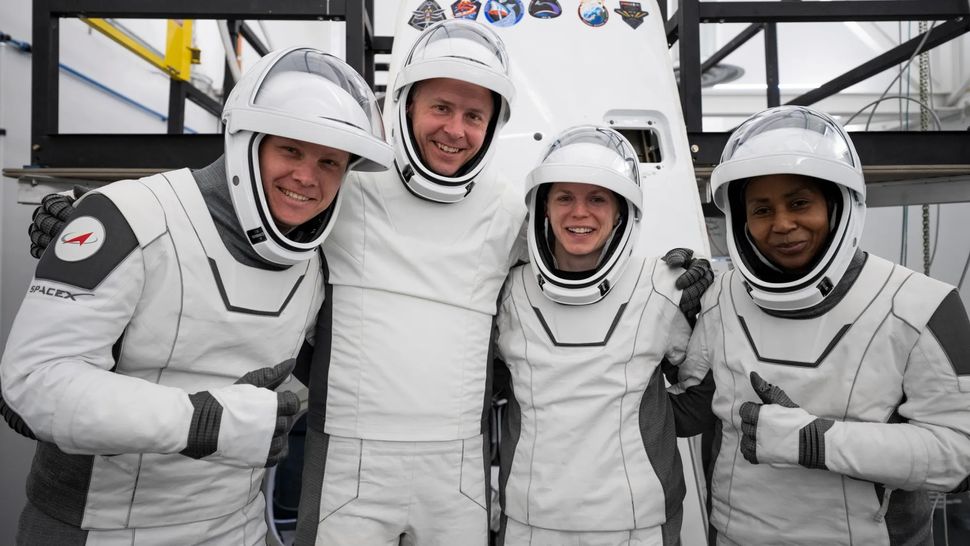
Regardless of who is on board, per a task order issued by NASA, SpaceX Crew-9 could launch with two astronauts and two seats filled with mass simulators to account for the empty seats. Crew-9 would stay docked to ISS for a normal six-month mission, with Williams and Wilmore returning early next year in the two leftover seats.
Weigel emphasized the CFT astronauts are “fully trained” for a normal ISS rotation, and that was planned two years ago knowing a developmental flight may very well extend for months. NASA even has appropriately sized spacesuits on board for the CFT astronauts, in case a need for extravehicular activity arises. The ISS also has a four-month contingency of supplies that the CFT astronauts have been using for matters such as food and oxygen.
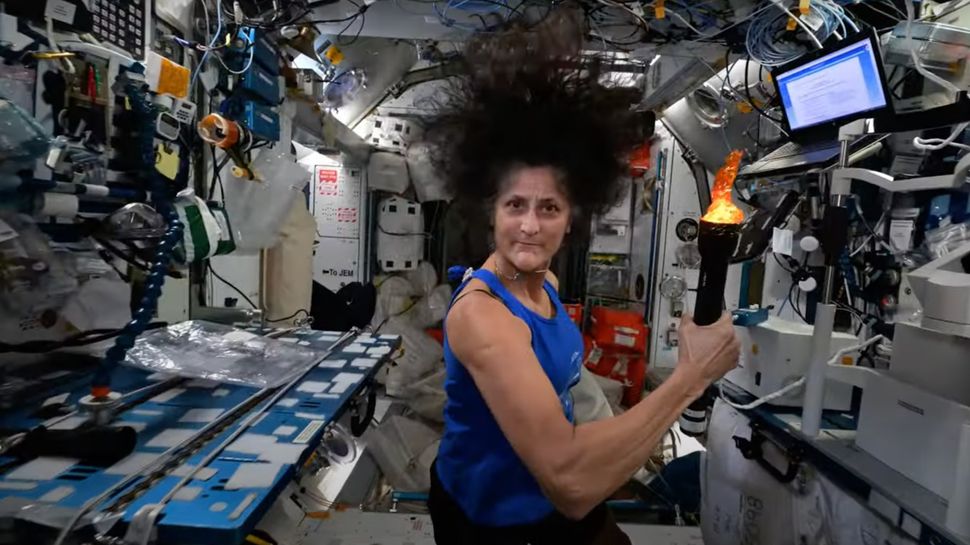
Other ripples to the ISS schedule are happening as well. Starliner will undock at some point, whether crewed or uncrewed, to make way for Crew-9 at the ISS Harmony module. Crew-8 will stay on board a little longer as it is expected to leave about a week past Crew-9’s arrival, whenever that happens. SpaceX also has been tasked with delaying its 31st Cargo Dragon to the ISS to no earlier than mid-October.
SpaceX and Boeing are the two commercial crew providers for NASA, tasked in 2014 with sending astronauts regularly to the ISS after the space shuttle‘s retirement in 2011. Russia’s Soyuz spacecraft stepped into the launching gap for ISS missions until SpaceX sent its first astronaut test mission to space successfully in 2020.
SpaceX, unlike Boeing, had its Cargo Dragon design to build upon when launching Crew Dragon. Starliner is an all-new spacecraft design, and faced issues on two uncrewed test flights in 2019 and 2022. The first mission did not reach the ISS at all after a computer glitch; the second made it, but after thruster issues of its own. Teams thought they had solved those 2022 thruster issues before authorizing the 2024 CFT launch.








